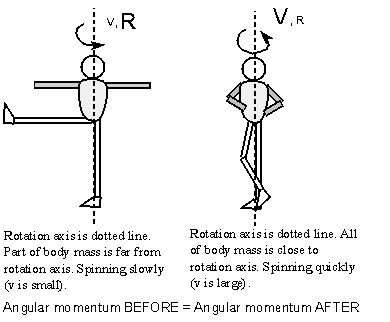In the demo's, Ella and I drew various examples of the meter stick, its lever arms, its attached weights (forces), and in result, its clockwise and counterclockwise torques. During the planning phase, we were sure that we'd use the equation w=mg because we want to find the mass of the meter stick, not the weight. The obvious first step was to find its center of gravity, and where it would balance equally on the table and in the air.
When we began our lab, we immediately wanted to find the center of gravity with the 100g weight attached to one end. The numerical value for the center of gravity was 21.6 centimeters. Next, we used our knowledge that (f)(lever arm)=(f)(lever arm). Before this step, I understood what that meant, but I had an "aha" moment that the force and lever arm from each side of the center of gravity multiply to equal the same equation from the other side. This was huge for me! Our goal for this step was to find the weight of the whole stick, and that equaled 6.3N. Using the formula, w=mg, we found that the predicted mass of the meter stick was 130g.
Next we massed the meter stick on the scale and found that its actual mass was 119g. Here is a photo explaining our work and how we used formulas to solve for the mass.
Thursday, January 29, 2015
Tuesday, January 20, 2015
Unit 4 Resource Post (Rotation)

I found this image really helpful because it explains what happens when an ice skater's arms and legs are extended and when they are tucked. In the image on the left, the skater's limbs are extended therefore creating a large rotational inertia because it is harder to spin. It is harder to spin because her mass is farther from the axis of rotation.
In the image on the right, the skater's arms and legs are tucked creating a lower rotational inertia due to her mass being centrally located near her axis of rotation. Therefore, her rotational velocity is large and she spins much faster.

In this yoga pose, the woman has a low center of gravity and a large base so that she won't fall over. Because of her wide base of support, she is able to maintain her center of gravity and stay balanced.
Subscribe to:
Comments (Atom)
